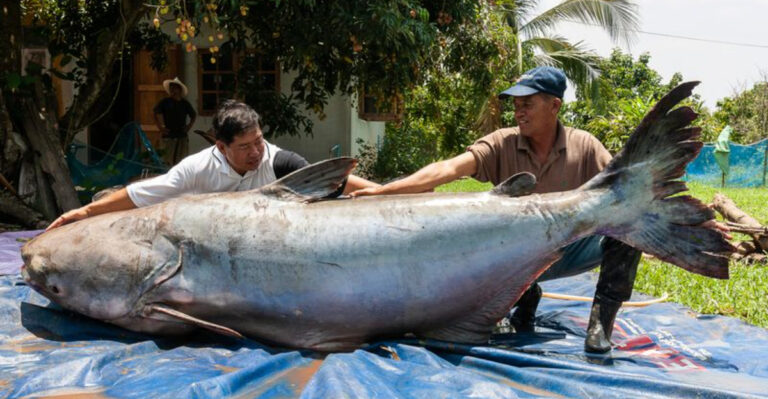9 Stunning Locations In America To Spot Wild Horses
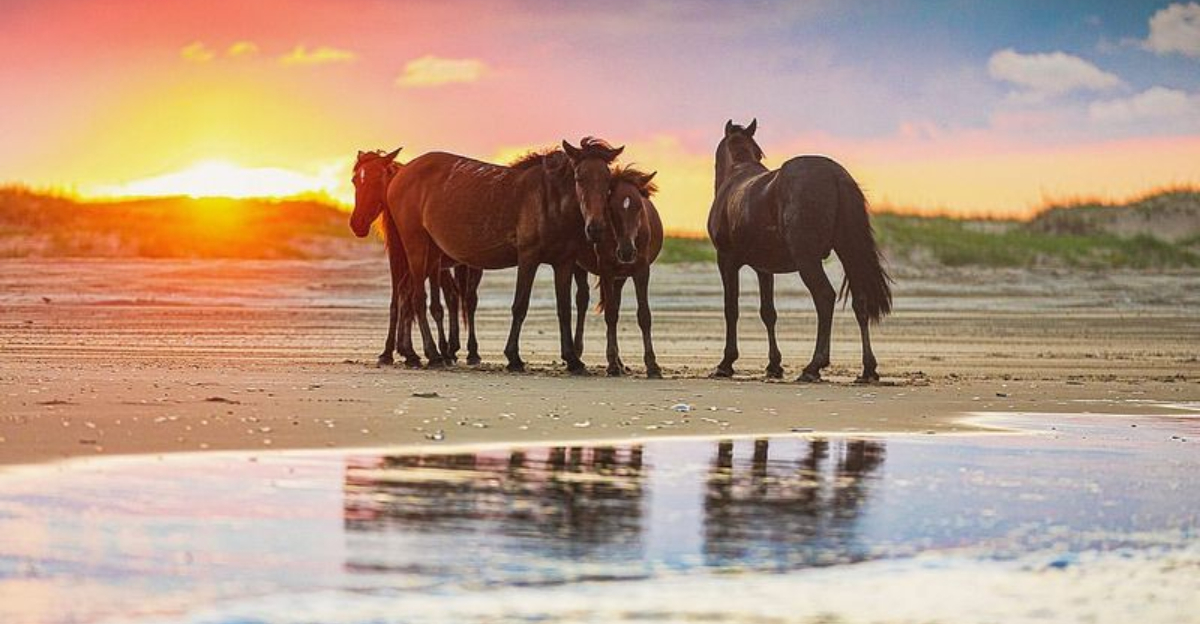
Want to see wild horses in their natural element?
These majestic creatures, descendants of horses brought by explorers, still roam in a few incredible spots across America. Imagine watching them gallop freely through vast, untamed landscapes—it’s like stepping into a living postcard!
1. Steens Mountain Wilderness, Oregon
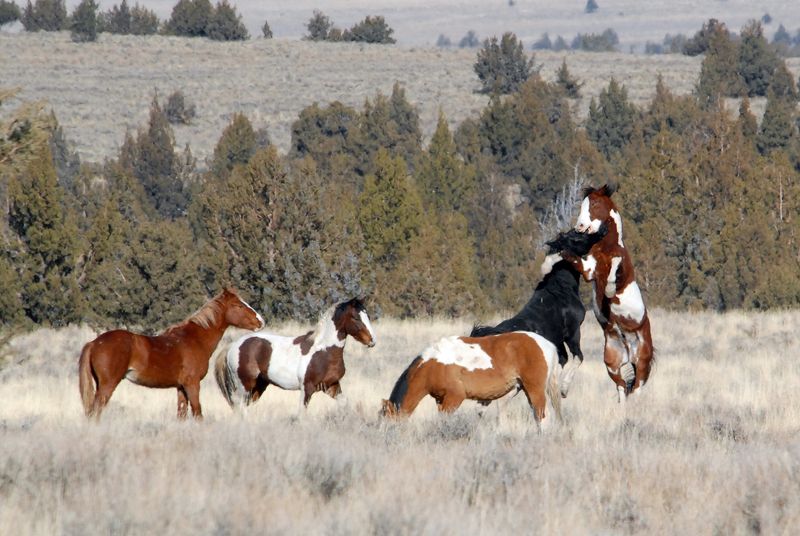
Steens Mountain Wilderness in Oregon remains one of the lesser-known spots where wild horses roam freely. The expansive landscape offers a rugged backdrop for these majestic creatures.
Visitors are often surprised by the sight of wild horses trotting across the high desert terrain. This area covers a vast stretch of rolling hills and sagebrush, making it an ideal home for them.
Explorers are encouraged to bring binoculars and a sense of adventure as they traverse the varied landscapes.
The experience of witnessing these creatures against such a stunning backdrop is unforgettable.
2. Challis Herd Management Area, Idaho
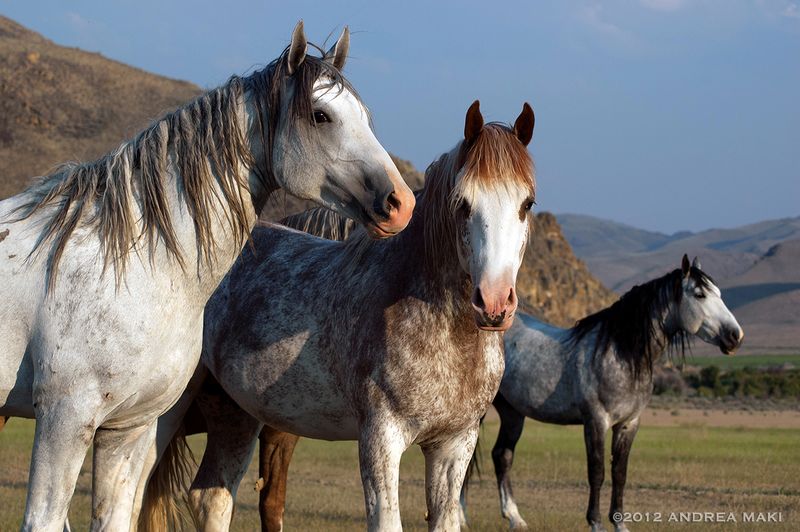
Nestled in Idaho, Challis Herd Management Area is a captivating spot to observe wild horses. It is framed by snow-capped mountains and sprawling grasslands.
This area is known for its diverse ecosystems and picturesque scenery, providing a perfect habitat for wild horses. Early morning visits can be especially rewarding.
Photographers and nature enthusiasts will find endless inspiration here. The serenity of watching wild horses against the backdrop of a rising sun is an experience many cherish.
Whether you’re capturing memories or simply soaking it all in, Challis doesn’t disappoint.
3. Virginia Range (Nevada)
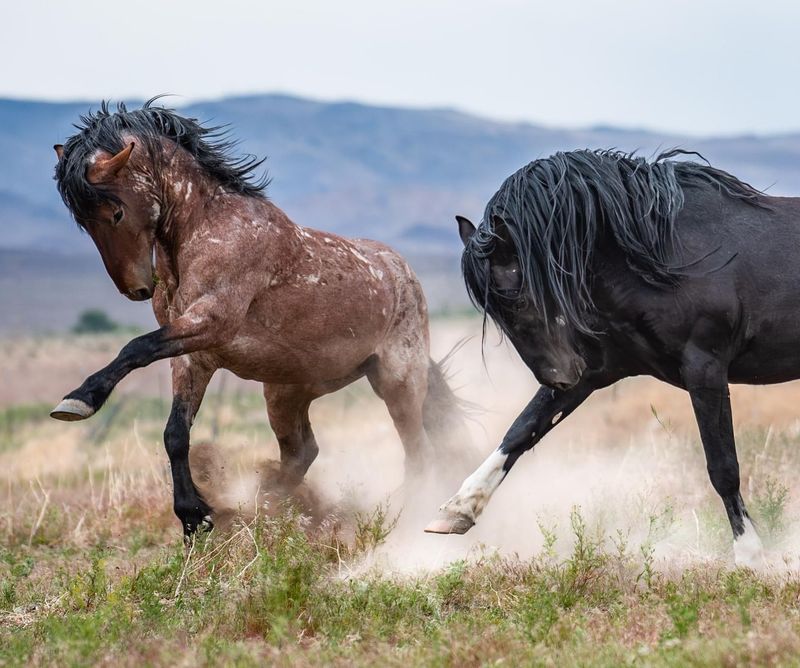
The Virginia Range in Nevada is a wild horse paradise, known for being one of the first places dedicated to their preservation. These horses are more than just wildlife—they’re a key part of the region’s cultural story.
With vast desert plains and rugged mountains, the landscape provides a stunning backdrop for watching these horses in their natural habitat.
Visitors can observe their fascinating behaviors and social structures, gaining a deeper appreciation for their resilience.
Local groups play a crucial role in protecting these horses, ensuring they continue to roam freely.
Educational tours offer insights into the history and ecological importance of the wild horses, making a visit to the Virginia Range a unique and enriching experience!
4. Paynes Prairie Preserve State Park (Florida)
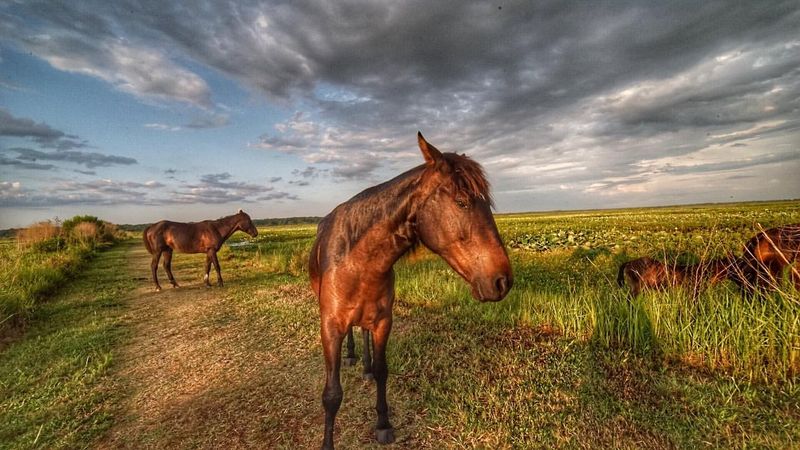
Paynes Prairie Preserve State Park in Florida offers a totally unique experience where wild horses roam in a lush, subtropical paradise.
This vibrant environment is a far cry from the arid western landscapes, providing a rich habitat for these horses.
The park is home to a diverse range of wildlife, including bison, alligators, and over 270 species of birds.
With an extensive network of trails to explore, visitors can dive into the park’s incredible biodiversity, while guided tours offer fascinating insights into the horses’ history and the park’s conservation efforts.
Witnessing wild horses against Florida’s lush backdrop is an experience like no other.
Paynes Prairie’s commitment to preserving its beauty guarantees that future visitors will continue to enjoy this natural treasure! It’s the perfect spot for nature lovers to explore Florida’s untamed side.
5. Salt River (Arizona)
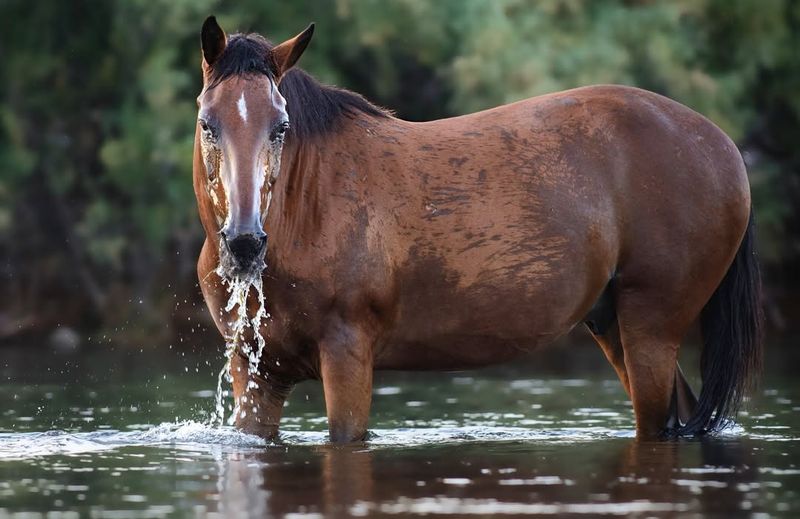
The Salt River in Arizona is a desert oasis that’s home to a beautiful herd of wild horses.
These majestic animals grace the riverbanks, adding a touch of wild elegance to the desert’s natural beauty.
Visitors can often see the horses wading through the river, creating stunning opportunities for photography. With the Tonto National Forest surrounding the area, you can enjoy activities like kayaking and hiking, fully immersing yourself in the peaceful landscape.
Dedicated local groups are working hard to protect these horses, ensuring they continue to thrive in their habitat.
It’s a humbling experience to witness these wild horses in action—proof of nature’s strength and grace!
6. Outer Banks (North Carolina)
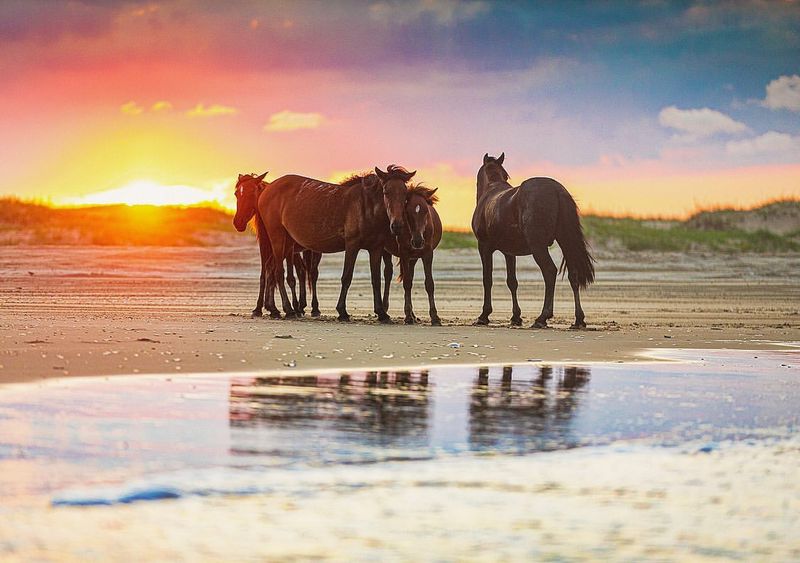
The Outer Banks of North Carolina, a chain of barrier islands, is home to the iconic wild Colonial Spanish Mustangs.
These majestic horses have been part of the islands’ history for centuries, adding a mystical vibe to the already breathtaking coastal scenery.
You’ll often spot them on the beaches or in the dunes, especially near Corolla and Carova, where they graze or frolic along the water’s edge.
It’s a photographer’s dream with these wild creatures in their natural, picturesque surroundings.
Guided tours offer a fascinating look into the mustangs’ history and conservation, making it both an educational and exciting adventure for the whole family.
Remember to respect their space—after all, these wild horses deserve their freedom and safety in this stunning environment!
7. Assateague Island National Seashore (Maryland And Virginia)
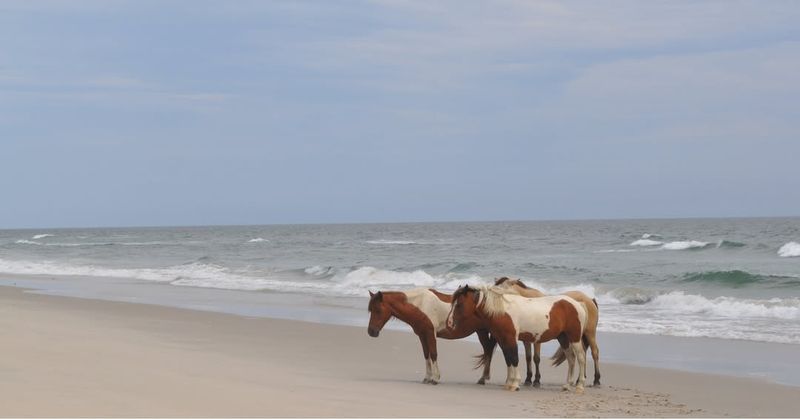
Assateague Island, split between Maryland and Virginia, is a must-see hotspot for wild horse enthusiasts. Home to the famous “Chincoteague Ponies,” these stunning creatures roam the island’s sandy beaches and lush marshes, creating a picture-perfect scene.
Nature lovers and families will find plenty to do here, with camping, hiking, and wildlife photography opportunities at every turn.
The island also offers ranger-led tours that dive deep into the horses’ history and survival tactics—it’s a learning experience wrapped in adventure!
These horses have adapted to their island life over generations, thriving in this unique environment.
Just a heads-up: be sure to keep your distance to respect both the horses and their natural habitat, ensuring they continue to live wild and free!
8. Theodore Roosevelt National Park (North Dakota)
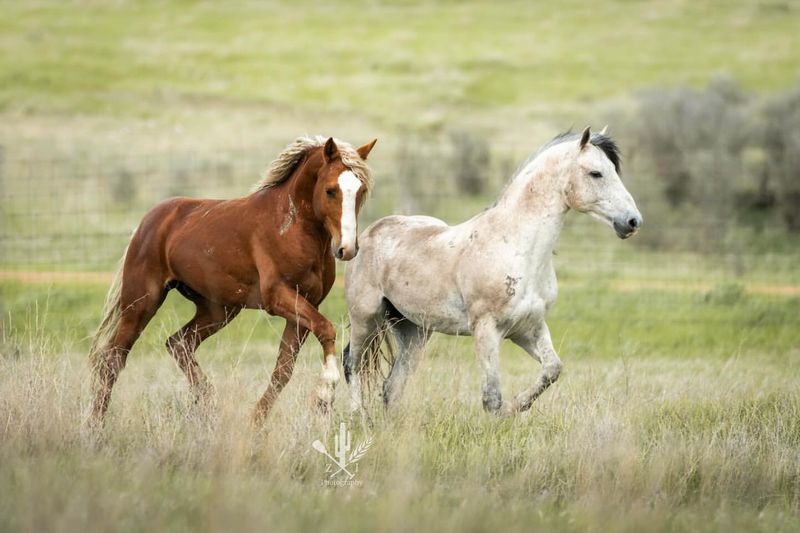
Theodore Roosevelt National Park in North Dakota offers a rare chance to see wild horses roaming the dramatic Badlands.
Descended from ranch stock, these horses graze freely across the park’s diverse landscape of rolling hills, prairies, and cliffs.
Whether hiking or driving through the park, visitors are likely to spot these majestic creatures against a breathtaking backdrop.
The park also provides ranger-led tours and educational programs, offering fascinating insights into the horses’ history and role in the ecosystem.
With bison, elk, and prairie dogs also calling the park home, the wild horses add to the rich tapestry of wildlife here.
9. Pryor Mountains Wild Horse Range (Montana And Wyoming)
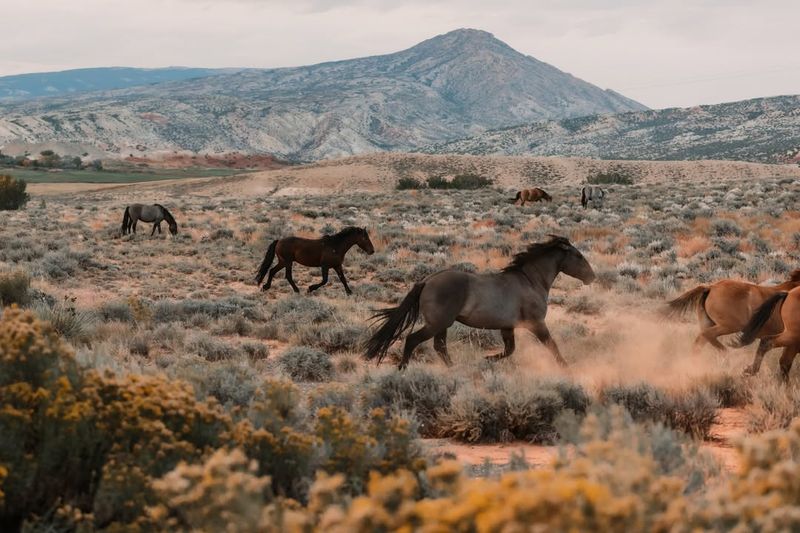
Tucked between Montana and Wyoming, the Pryor Mountains Wild Horse Range is home to one of the oldest wild horse herds in the country. Known for their Spanish colonial roots, these horses flaunt an array of stunning colors and patterns, each more captivating than the last.
The landscape here is a dramatic mix of high desert, steep cliffs, and rolling foothills, setting the perfect stage for spotting these untamed creatures. If you’re looking to learn more, guided tours delve into the horses’ fascinating history and the ongoing conservation efforts.
Seeing these horses in their natural habitat is an unforgettable experience—one that speaks to the wild heart of the American West. While the terrain can be challenging, the opportunity to witness such living history makes it all worth the effort!




